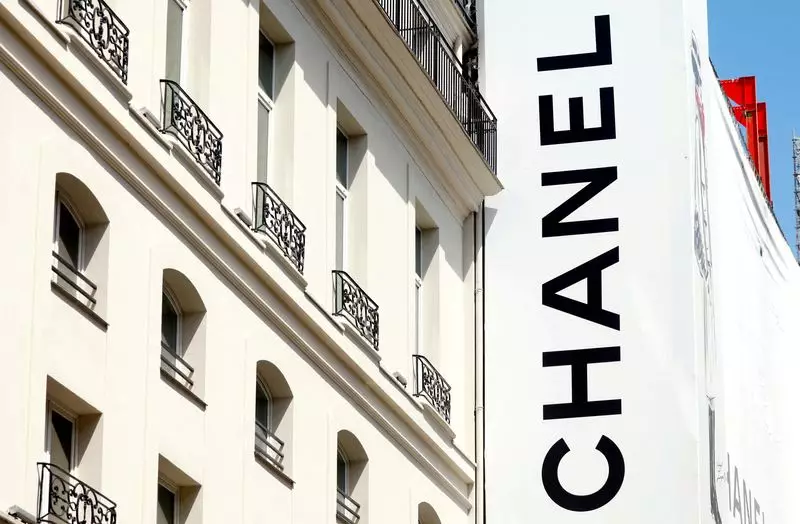Chanel, one of the top luxury fashion labels in the world, faced a significant event with the departure of its top designer. This departure sent ripples across the $1.62 trillion luxury goods industry as it signaled a shift in the industry dynamics. The departure of Chanel’s designer, Virginie Viard, who succeeded Karl Lagerfeld, raised questions about the future direction of the iconic brand.
In recent years, major luxury companies like Chanel, Louis Vuitton, and Dior have resorted to heavy marketing of new styles from high-profile designers coupled with significant price hikes. These price hikes, amounting to a 33% increase on average since 2019, accounted for a substantial portion of the industry’s organic sales growth. Chanel, for instance, reported a 16% growth in sales last year, with price hikes contributing to more than half of the increase.
The luxury goods industry is currently facing challenges as consumer behavior shifts in response to rising living costs globally. Shoppers have become more selective, challenging the core strategies of luxury brands. The steep price increases, particularly in the wake of the pandemic, have led to criticisms from die-hard Chanel fans as well as industry analysts. The industry as a whole seems to have pushed prices to unsustainable levels, potentially alienating consumers who can no longer afford luxury items.
The departure of Chanel’s top designer has raised speculations about the brand’s future direction and who will replace Viard. Investors in Chanel’s rivals are closely monitoring the situation, particularly in light of the industry’s steep price hikes and the potential lack of fresh ideas. Luxury executives are beginning to acknowledge the limited growth levers in the short term, as the aspirational customer base without vast fortunes is shrinking. Brands like Chanel and Gucci are facing the challenge of appealing to a wider range of consumers, including young aspirational shoppers and the ultra-wealthy clientele.
As the luxury goods industry navigates through uncertain times, brands are reevaluating their pricing strategies and product offerings. Some brands, like Saint Laurent, have taken the unconventional approach of lowering prices to attract consumers. Others, like Gucci, are diversifying their product range to cater to both high-end clientele and more price-sensitive customers. The industry is recognizing the need to appeal to a broader demographic while retaining its elite status.
The departure of Chanel’s top designer serves as a wake-up call for the luxury goods industry, prompting brands to reexamine their pricing strategies and product positioning. As consumer preferences evolve and economic realities shift, luxury brands must adapt to remain relevant and competitive in the market. The future success of these brands will depend on their ability to strike a balance between exclusivity and accessibility, catering to a diverse and discerning consumer base.


Leave a Reply